Review: The Light L16 is Brilliant… and Braindead
![]()
On Oct 8, 2015, a completely unknown company announced a new camera which promised to change how we think about photography: “The L16 combines breakthrough optics design with never-before-seen imaging technology to bring you the camera of the future.”
The marketing promised a unicorn camera that prosumer/enthusiast photographers like me would want to carry around as an every-day tool. In theory, I would be able to leave my traditional cameras behind — today a FujiFilm X-T2, Leica Q and Sony RX100mk5 — and travel with just the Light L16.
2 years and 1 day after I pre-ordered my camera, my Light L16 finally arrived.
![]()
After two months with the L16, I can say it certainly has been an adventure. It’s a production camera with beta software, so the experience today represents the beginning part of a potentially long journey of software updates and improvements (my experiences here reflect impressions based off of the Nov 2017 update). But today, the L16 is an infuriating combination of brilliant and braindead.
It’s hard not to appreciate the brilliance of Light’s approach, and when it works, it truly is game-changing. With the L16, you have an impossible zoom range of 28–150mm packaged into a simple brick form-factor. You will get “reach” shots that are impossible in small form factor cameras today.
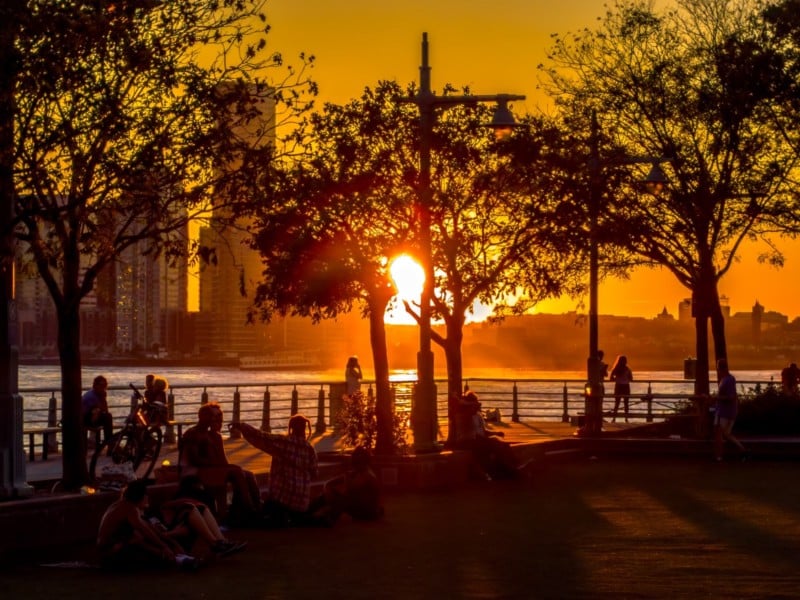
However, be forewarned, it’s not small — it’s still a substantial chunk of kit, with quite a bit of mass. Protrusions are blissfully absent, so the L16 will slip into any bag or large pocket, like a jacket pocket. I find it amusing that Light’s marketing suggests you’re going to go biking with this thing in your back pocket. No way.
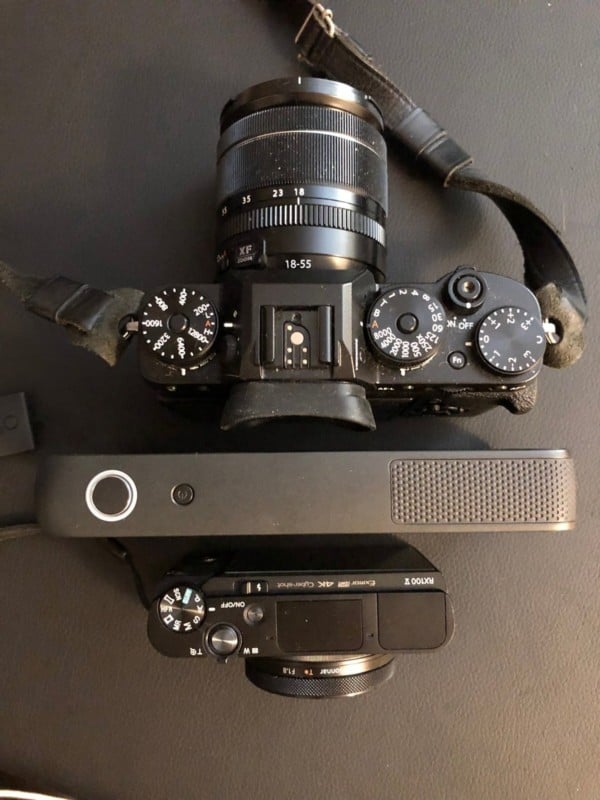
Taking photos is simple point-and-shoot. As you would hope, once the L16 phones home and gets the latest software update, you’ll get your first photo quickly out of the box, just like any other camera. Certain things, such as zooming, are gesture-based, and others are embedded in on-screen controls. These will require a bit of familiarity to master; however, at the end of the day, it works very much like a smartphone, and it’s easy to adapt to the interface.
Photos taken with sufficient light (e.g. outdoor daylight) produce results that very good, and often excellent. This camera loves light and needs a lot of it. Do so and you will be rewarded.
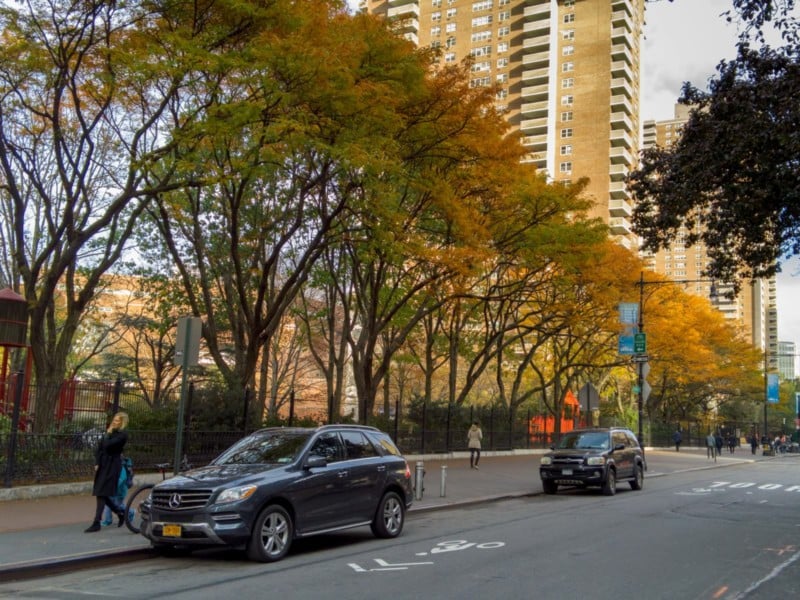

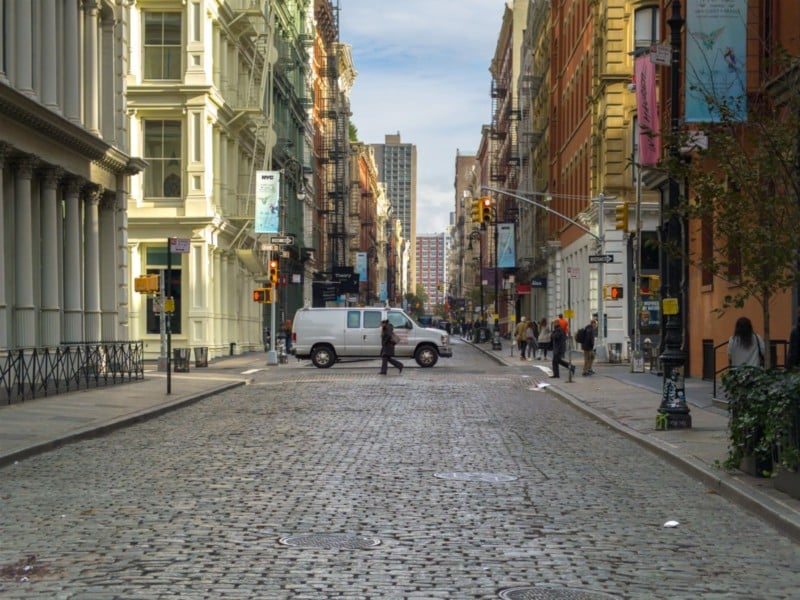

The level of detail in the photos shot in the right conditions (and focal lengths) can truly be astonishing.
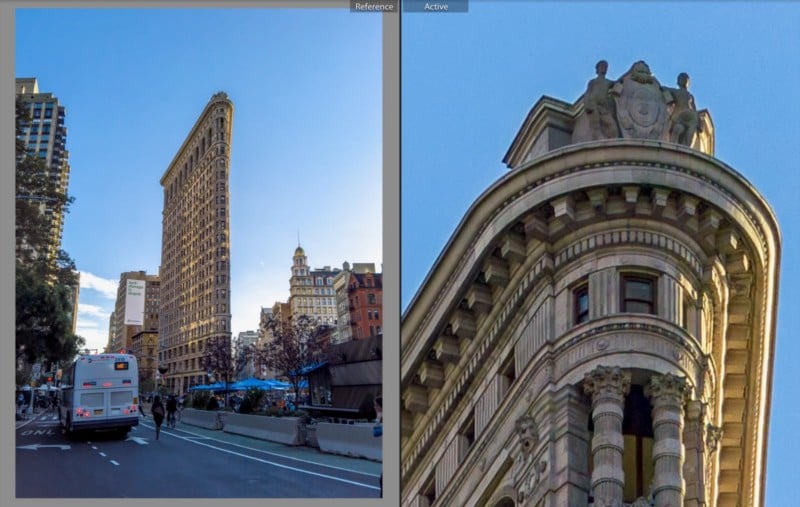
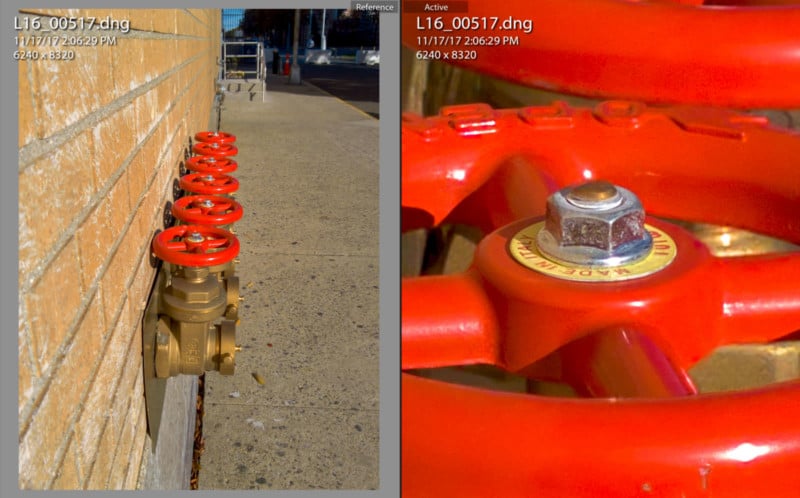
However, as you learn to live with the camera, in all its beta glory, the frustrations mount.
Today, the output is sterile — less like a typical camera RAW image and more like a video shot in LOG format, a neutral image file that requires meaningful tone-mapping to be acceptable. I know what a good RAW file looks like, and this is simply not it.
Pictures are sharp but feel somewhat artificially sharp. If you’re looking for micro-contrast nuances in the output, the optics simply don’t lend themselves to this. If you’re looking for wide dynamic range with 2 stops of adjustment in either direction, the L16 RAW files don’t have this either.
I suspect some of this (such as dynamic range) will change dramatically and quickly over time with Light’s continuous updates, but today, it’s not where it needs to be. Expect to spend some time in Lightroom if you want images that pop.
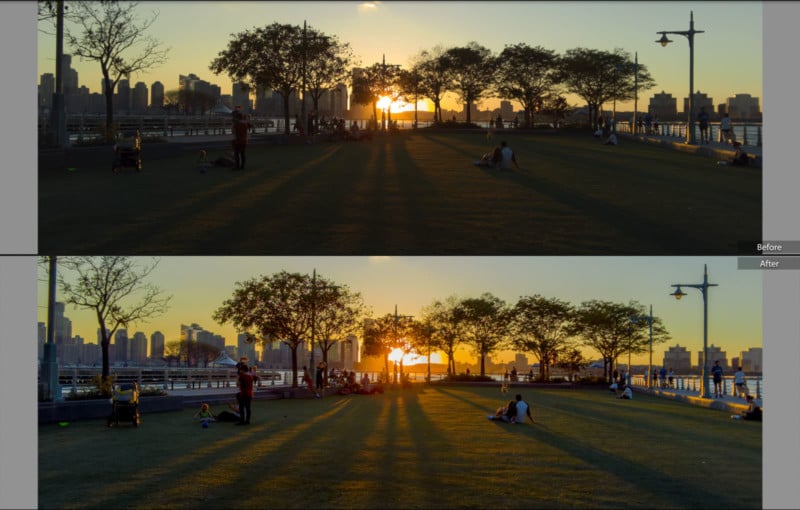
There are detail issues that are readily visible when viewing the large resolution photos as well. For the L16, ultra-high resolution doesn’t necessarily guarantee you sharp detail. Image merging issues and detail crush in areas like foliage make it impossible to count on being able to make Web-resolution crops of full resolution images.
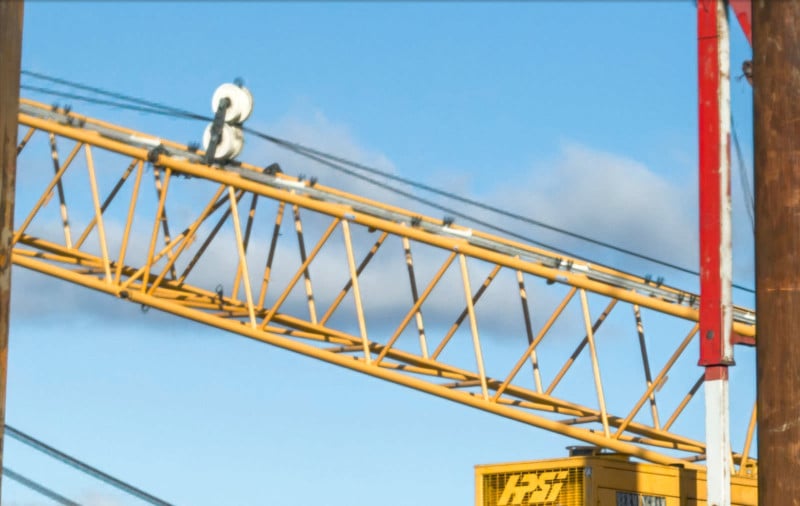
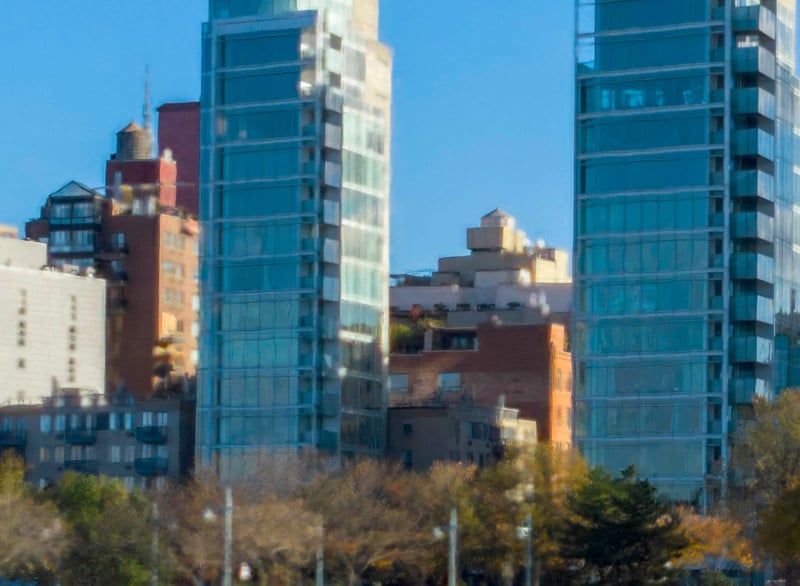
Keep in mind, even if they nailed the detail edge-to-edge, the resolution is variable. You only get the “max” resolution at 3 distinct focal lengths, 28mm, 35mm, and 75mm. At some points, you approach camera phone resolution, such as at 69mm. Light explains this in great detail here.
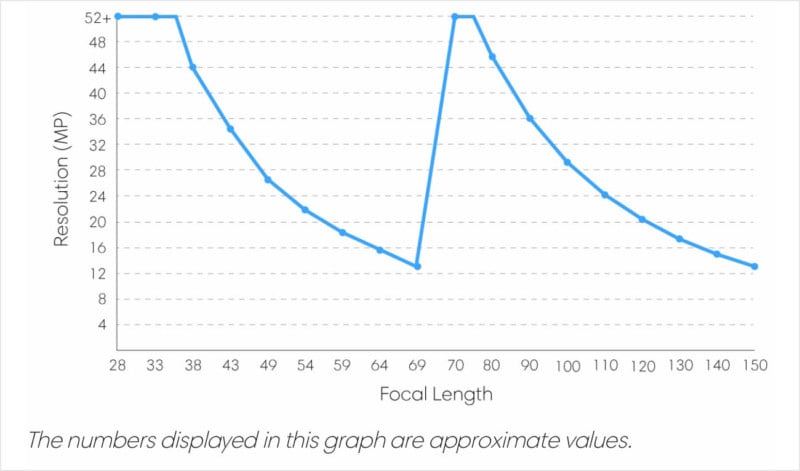
At 28mm, you add a new element to the results as well. The L16 uses multiple overlapping images to create one high-resolution image. At the outer edges of 28mm, there is no overlap. The effect is significant softness on the outer borders of the final image.
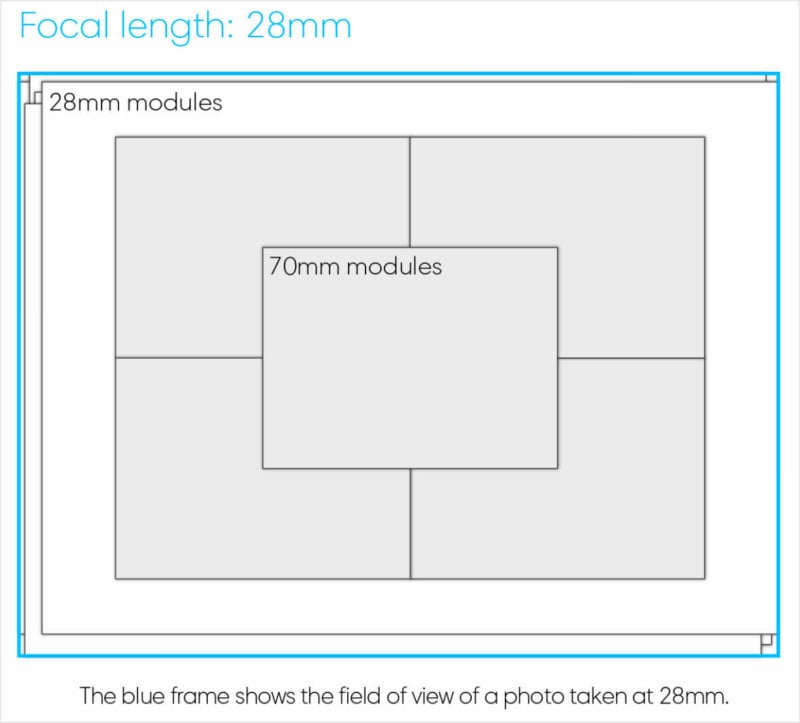
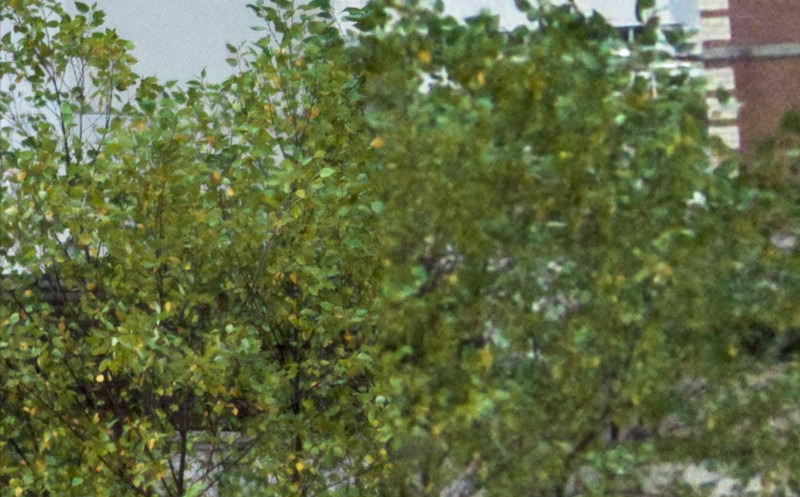
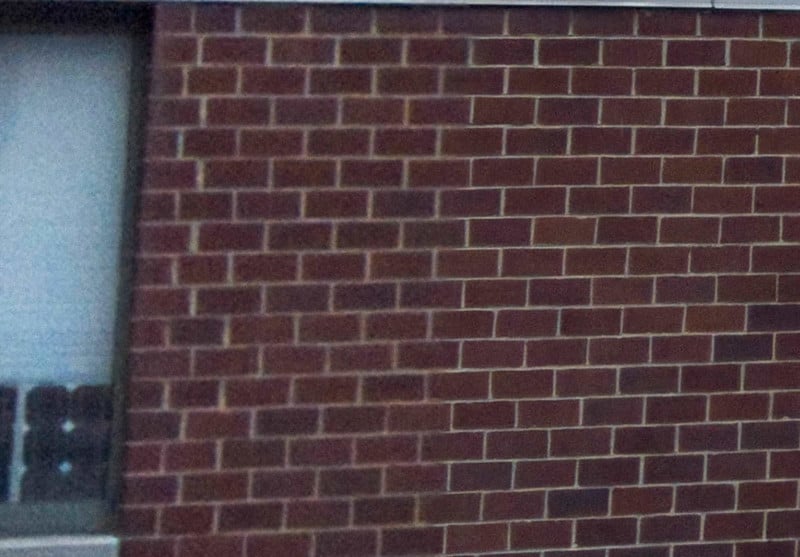
The autofocus reminds me of the old SLR AF systems with in-body screw motors. Focusing is a (relatively) noisy affair of moving mirrors, and focus is prone to hunting. In its current iteration, it is also completely devoid of any features you would find on modern camera bodies, such as face detection, and object detection. If you don’t touch focus, you don’t get a depth map on the right subject as well.
Autofocus is imprecise at best. It is unclear how many discrete AF points the L16 has, but touch-focus seems to have its fair share of misses. Frankly, the L16 autofocus will have you begging for your smartphone camera. You’re not going to shoot any sports or action with the L16 unless you zone focus, and that experience is poor at best. Sure, you can do it, but even a bargain DSLR with a kit lens will do better. It will be interesting to see how much improvement can be made to the L16 autofocus via software, but again, today it’s simply not there. Even after the November 2017 update, which did improve the autofocus performance, we are not even close to a world where objects simply “jump” into focus.
There is no shutter priority. There is Auto, which works like P mode, and there’s Manual, which requires you to set ISO, and shutter separately. In Auto, everything is done for you, including ISO. Why Auto-ISO isn’t separated out is unfathomable. So you have to resort to manual to keep ISO under control. Photographers have been doing this for decades, so no big deal right? Try setting up that shot quickly on the L16. Without any dials, this camera is an ergonomic nightmare.
There is also no way to set aperture while taking the photo. While aperture can be adjusted AFTER the photo is taken in post-processing, it cannot be recorded when the photo is taken. What does that mean? If you go out and take 250 photos that day, every one of those 250 photos that you want to control depth-of-field will require fine-tuning in Lumen, the desktop software, BEFORE you go into your regular photo workflow. Furthermore, you will need to remember what your original intent was with the photo. Not an exercise I relish on a multi-day vacation.
Now, if you don’t ever shoot aperture priority, this is a non-issue. You can skip any workflow in Lumen and let the L16 do all the work, and it works like leaving your camera in P mode or full Auto mode. All your photos will come out at f/15, with everything in focus. Landscape shooters will love this infinite depth of field. However, if you do any amount of aperture priority shooting, this can add HOURS to your workflow. Remember, Lumen is only barely passable as a beta today and requires a fairly modern computer to perform, so it’s not a quick affair either.
Any errors in depth mapping will require you to “paint” them into focus. I have yet to produce a single image in Lumen that has nailed the depth map without needing correction. In many cases, like fine hair detail, I have all but given up and left everything as is, at f/15.

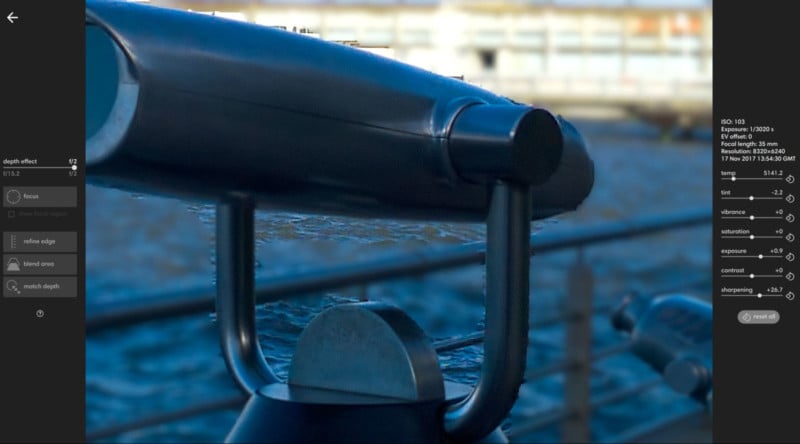
Seriously, if you love bokeh, you want to love this product for the ability to adjust DoF and refocus. Lumen simply isn’t able to do it to any level of consistency. Shoot a few portraits, adjust the DoF to f/2.8 or f/4.0, spend the rest of your day trying to save edge details, hair, and poorly matched depth. Every one of the photos that Lumen misses on will make you wish you sucked it up and carried a different camera.
If you’re used to popping in an SD card into your computer, letting Lightroom import a few hundred photos while you watch TV, and then go into post-processing, the added step of doing everything in Lumen will infuriate you. It’s a pretty photographer hostile workflow.
Without any image stabilization, and with somewhat unknown sensor capability as of today, low light also challenges the camera, sometimes to a crippling degree. AF struggles as available light diminishes, and all those great long focal lengths are effectively useless.
There’s a reason why Apple is putting stabilization in the 56mm lens of the iPhone X — it takes a steady hand to shoot telephoto, and as shutter speed slows, camera shake will ruin the moment without image stabilization. Translated: you’re not going to be shooting 150mm handheld landscapes at night with the moon as your only illumination unless you have rock steady hands.
The lack of low-light capabilities is also readily apparent when the L16 is pushed above ISO 400. If you’re expecting to go out to dinner with friends, and bring the L16 to capture the moment, you’re going to be frustrated with many missed moments and some generally poor output with crushed shadow detail.
There is nothing this camera does with urgency. You may as well stick with your smartphone, which at least has face detection. This camera’s sweet spot today (November 2017 firmware) is sunrise to sunset. If you want a camera that you can carry into the night and shoot handheld, go and buy a FujiFilm X100 or a Ricoh GR and get a 90% hit rate on your photos — these are well-known compact APS-C based, low-light camera leaders. Honestly, even the 1-inch sensor on the Sony RX100 runs circles around the L16 in true low light.
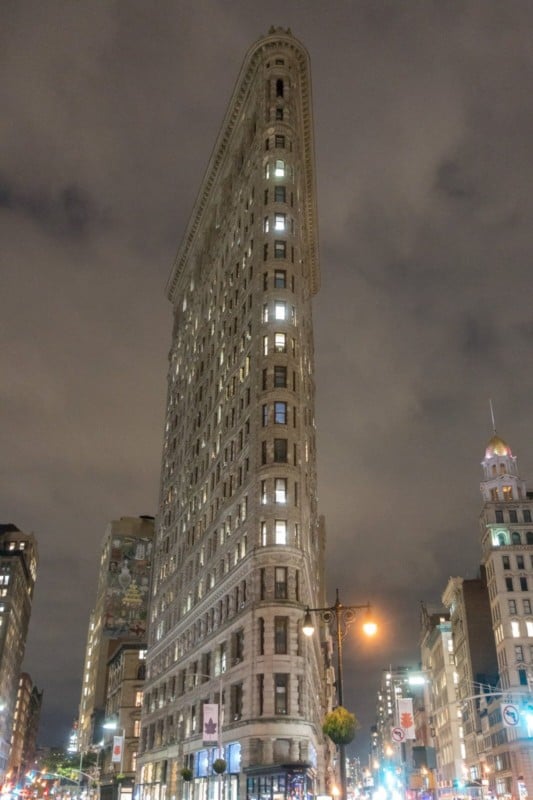

So where does that leave us?
For those who don’t tinker with their photos much, the L16 is the only camera of its kind that exists as a brick form factor that can carry a 28–150mm equivalent zoom. Knowing the limits and adjusting aperture sparingly, you could convince yourself this is a manual camera that requires time and effort to take your photos. The subjects you tend to shoot will be things that can stay still for short periods of time (pets), or don’t move at all (landscapes, still life, plants, buildings, etc.). In many ways, it’s like a medium format camera — it’s slow, sometimes fussy, with only fair low light capability at best, but in the right hands with the right tripod stabilization, you can make awesome photos. And I do think you can get awesome out of this camera in the right conditions, provided you’re willing to follow a post-processing workflow in a tool like Lightroom.
For those that demand fast autofocus, image stabilization, proper low-light capabilities (clean and sharp ISO 3200-6400 is pretty much industry norm), and streamlined photo processing workflows, it’s hard to not wonder what else your money buys you. After all, the L16 is an almost $2000 camera. Granted, I paid much less as an early pre-order, but it’s hard not to compare it to the current market leader in compact pocket cameras, the Sony RX100 mk5, a $999 camera.
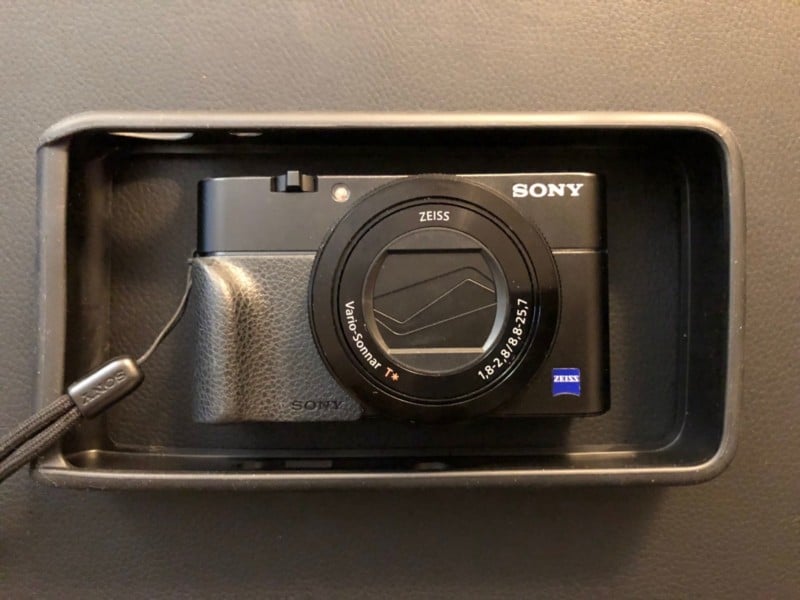
The RX100 may not zoom like the L16 (it has a 35mm equivalent 24–70mm f/1.8-f/2.8), but it offers 5-axis stabilization. The RX100 may not offer the same amount of megapixels (at 20.1MP) but it can shoot a convincing ISO 3200, and in some cases usable ISO 6400, with minimum noise. The RX100 uses a surprisingly fast 315-point phase detection (same tech as DSLRs) autofocus mechanism, and can even shoot daytime sports without fear of missing the moment (at up to 24 frames per second). The RX100 also actually fits in your pocket in a way that the L16 can never.
And therein lies the problem: for a camera that the Light L16 aspires to be (one that is competing with DSLRs), the closest competition I can think of is a pocket point-and-shoot from Sony that is smaller, less expensive and more capable today. And in today’s world where things are viewed at web and mobile resolutions, I have found even the iPhone X to be a formidable competitor to the L16 for casual photography. The iPhone X even shoots RAW directly into Lightroom.
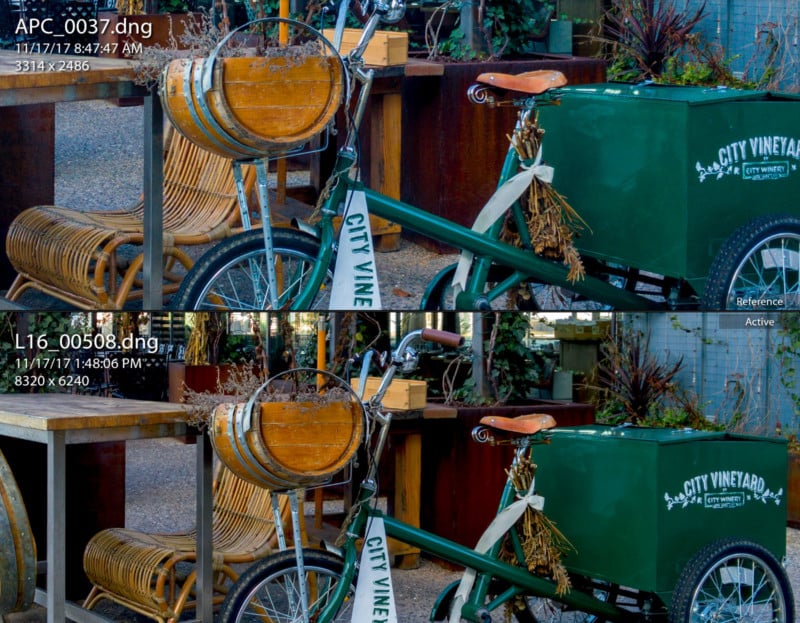
As much as the L16 is an engineering marvel, it is a camera designed by computer scientists and engineers and has little thought put in it for the actual photographer that will use it. In my opinion, it can be a downright terrible camera for photographers despite that it can often deliver great images in the right conditions. It makes me wonder if any of the professional photographers that shot the L16 for the Light blog would ever consider the L16 for their kit if it they were buying it themselves?
I’m sure Light’s tech is worth a lot, and they will get bought by a well-capitalized company that will do amazing things with it, but acquisitions are rarely kind to customers of tech startups. It would most certainly be the end of the L16.
Meanwhile, things that are important to the modern photographer are absent today. This is a laundry list of high value, but missing, features that are pedestrian, even on cameras well under $1000: fast power-on to first photo time, low shutter lag, quick autofocus speed, aperture selection at time of exposure, DoF preview, low-light capabilities, dynamic range, and friendly post-processing workflow. Everything about photography with the L16 requires a lot of effort, harkening days past where you had a 24 exposure roll of film, and you went to great lengths to make every exposure count. If that’s your shooting style, I guess you will be ok with the state of affairs. In my opinion, in 2017, these are terrible attributes for a go-anywhere camera marketed for convenience. To their credit, some of this stuff has gotten better since the November 2017 release, but we’re not even close.
The computational photography fans will be quick to note that this is a software-driven product and the camera will keep getting better. To some extent, this is true, although I find it hard to believe anyone will relish revisiting 6-month-old photos just to post-process again to get a better photo. Furthermore, the reality is also that the quality of photos will likely only get better up to a certain point — the question is when we will hit certain insurmountable limitations of the hardware, including low light and autofocus capabilities.
Don’t get me wrong — in ideal conditions, it truly behaves like a pocket medium-format camera, and you simply cannot get this kind of resolution in anything like it for under $10,000 today (e.g. a Fujifilm GFX50s with 32–64mm lens).
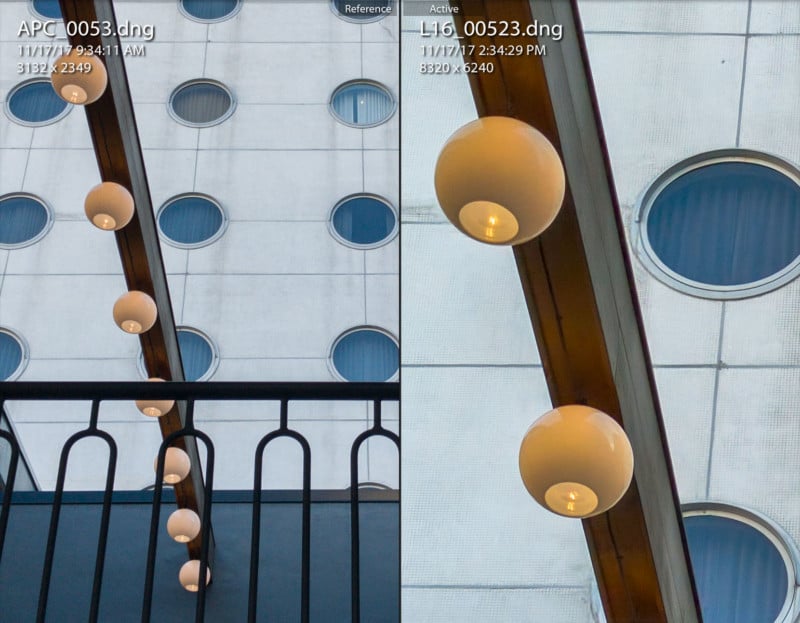
But when daylight runs out, or when the right photo opportunity strikes, I always question whether the L16 is ready to take that shot. Unlike other cameras produced by current market leaders, even after the latest software update, I still find it hard to trust the L16 to be ready and capable when I need it to be. After two months, I never grab the L16 when I want to go out to take some photos — and that’s a problem.
On December 5, 2017, I made my peace with the camera and asked Light for a full refund. I really wanted to love it. I just don’t.
Would I recommend you buy it today? Absolutely not. Your mileage may vary, but it’s a lot of money for a rough product.
Do I think Light knows these are the issues and are feverishly working on addressing them? Yes, I do. Do I think they can fix a lot of this stuff fairly quickly? Sure.
The product is simply too unfinished today. Without roadmaps, we don’t know if we’re looking at weeks, months or years to get to a solid version 1.0. That’s troubling for a startup company that is already years late delivering a product. Maybe they figure it out sooner than I expect. I can always buy the camera again if it actually becomes great.
On the upshot, I do have a new found appreciation for how good the cameras I own really are. It’s like returning a terrible rental car and falling back in love with your car, all over again.
About the author: Albert Lee is a technology enthusiast who’s always trying new gadgets. The opinions expressed in this article are solely those of the author. This article was also published here.
Image credits: Header photo by Light